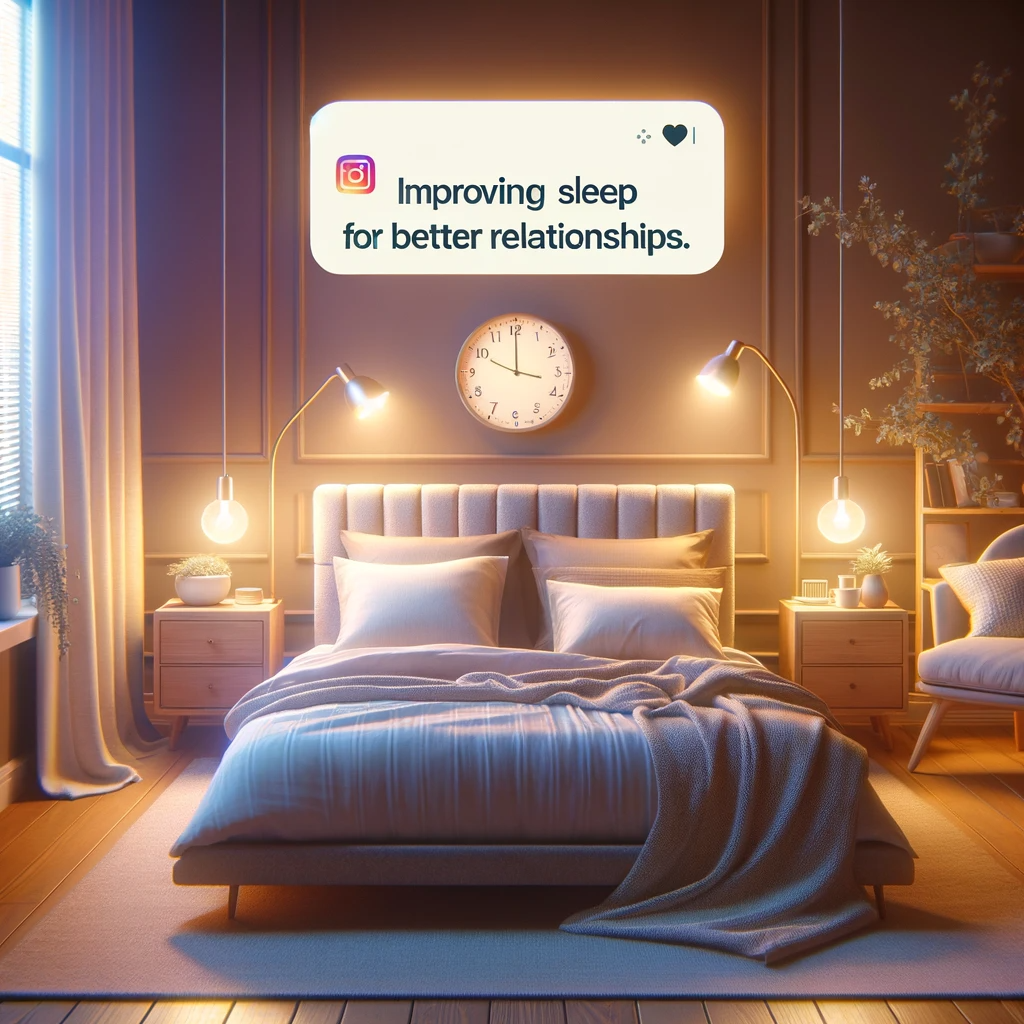When Numbing Fear Turns to an Addiction
We all numb. Stress, anxiety and fear can all get us to use food, sex, alcohol, drugs, and entertainment to help us cope with uncertainty and difficult times. In fact, numbing is largely human as it is a way of dissociating from situations that feel too intense.
There is a balance with numbing though. And if I’m talking about balance, I need to tell you what I think the opposite of numbing is. It’s being present. It’s noticing what is happening around you and being present with those who are around you.
Sometimes we need some escape. Introverts in particular are known to need more time and space to rejuvenate. However, there are times when numbing transitions into addictive behavior patterns. Stress and anxious situations will happen throughout our lives. What often happens is that numbing patterns often continue once the stressful situation lowers in intensity.
In our practice, I’ve seen this clients who are dealing with sexual compulsivity , problems with alcohol and drugs, and porn, food, video games, etc. The pattern consumes more time and energy and becomes out of control. There are often relationship problems, secret keeping, and other issues that impact careers and other things in peoples’ lives.
So what can you do?
First, identify the problem. The line between numbing and an addiction isn’t an easy one to identify. Rather than focusing specifically on the label of addiction, there are things that you should consider. These things can help you learn more about the behavior pattern and will give you an idea of what you should do with it.
- Are you losing time with people and things that you love because of numbing behavior?
- Do you attempt to have more balance in your life, but can’t seem to do so?
- As the behaviors have increased, has this correlated with life changes or stress?
You can start by trying to schedule and rebalance your time and test out the results if the behavior doesn’t do any of the following:
- abuse your partner or loved ones.
- put yourself in unsafe or dangerous situations.
- put your primary relationships at risk.
If you’re in any of these situations, it’s recommended that you contact an addiction therapis t to help you assess the situation and identify what steps you might need to take before things get more out of control. The steps can include individual or group therapy, couples therapy, or a recommendation for a higher level of care.
If you’re testing out the results yourself, be sure to create a plan! A lot of people intend to change, but struggle to make changes because they didn’t take any steps to establish a meaningful plan. If you find that you’re making small steps towards progress, over time, some big changes are likely to occur.
Rebuild Connections
A lot of us lose touch with our connections as we step further into our working adulthood. When we’re numbing excessively, there is often a correlation with a loss of connection. Whether it’s rediscovering old hobbies, opening up more to friends, or taking time to build new friendships, connection is often a key to making a lasting change to having more balance with between numbing and being present.
Increase EmotionalIntelligence
People often have underlying and unaddressed emotions that are leading them to numb more excessively. It’s common that these aren’t even recognized! Learning more about your emotions can help you address them as they arise, rather than using behaviors to cope with them. It can also help you share them so that you realize you’re not alone in the experience that you’re having.
Again, numbing itself isn’t abnormal at all. However, it can get out of control and even transform into addictions over time if you’re not mindful.
If you’re looking for a therapist to help with emotional identification, regaining balance, or navigating addictions, contact us to learn more about how we can help.







